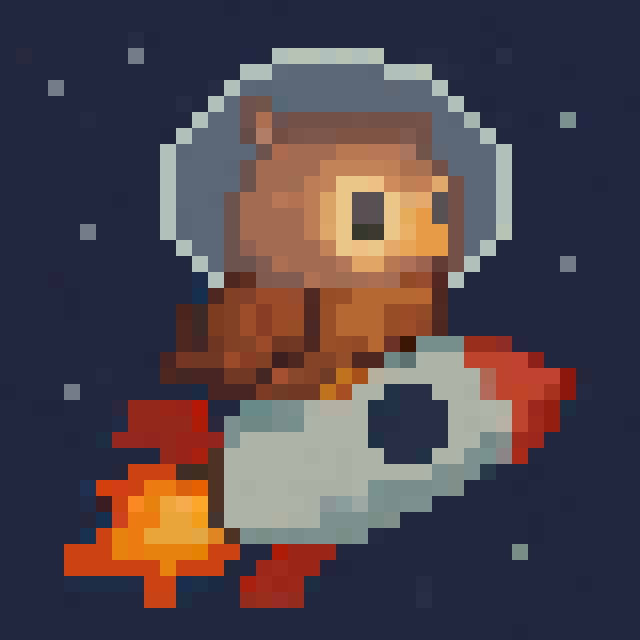Retro Rocket includes basic networking support so you can connect to the internet and use network-enabled programs.
Network Drivers
- The network driver is loaded in the boot script /programs/init.
- By default, Retro Rocket loads the e1000 driver, which also supports the Intel 82541PI chipset.
- On an installed system, you can freely edit /programs/init (using the edit command) to change which driver is loaded.
For most users the default works automatically.
Network Configuration
Once the network driver has been initialised, the system reads its configuration from:
/system/config/network.conf
This file controls how your machine identifies itself and how it connects.
Example: Default configuration
# Retro Rocket Network Configuration
# ----------------------------------
#
# This file is read by the network system once a network interface card has
# been initialised.
#
# The loopback interface (127.0.0.1) is always available and does not need
# to be configured here.
#
# At present only a single physical network card is supported. The first
# kernel module that successfully initialises a NIC takes precedence.
# Hostname of the machine
hostname retrorocket
# IPv4 address of the machine in dotted notation, or the literal value 'dhcp'
ip dhcp
# One or more IPv4 DNS server addresses, comma-separated, or 'dhcp'
dns dhcp
# Default gateway IPv4 address in dotted notation, or 'dhcp'
gateway dhcp
# IPv4 network mask in dotted notation, or 'dhcp'
netmask dhcp
Notes
- By default, Retro Rocket uses DHCP for IP, DNS, gateway, and netmask.
- You can replace dhcp with fixed values if you want a static configuration.
- Only one network card is supported. The first successfully initialised driver is used.
- The loopback interface 127.0.0.1 is always present for local networking and testing.

